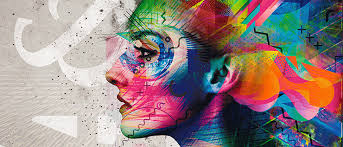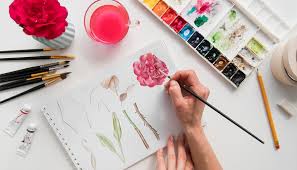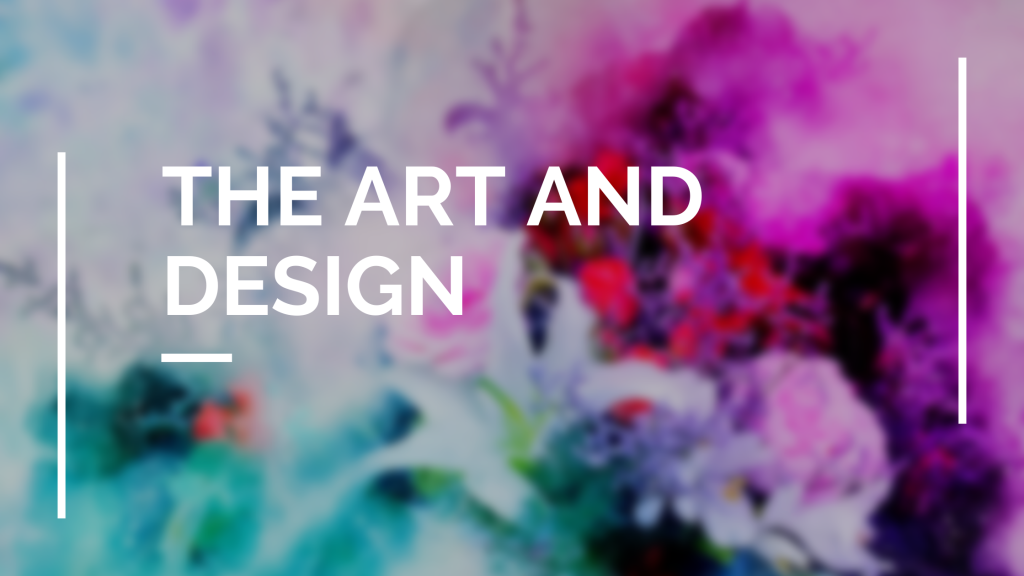Art has always been at the heart of human expression, capturing emotions, values, and the evolving spirit of societies. From ancient cave paintings to contemporary digital masterpieces, art has shaped cultures, influenced ideologies, and provided meaning beyond words. In today’s world, the role of art is not confined to museums or galleries—it flows into our homes, workspaces, cities, and even our daily choices. The evolution of art and design in modern living shows us how creativity has become a fundamental part of how we think, feel, and connect with the world.
Art as a Reflection of Human Identity
Art is more than visual beauty—it is a reflection of who we are, it represents who and what we think about. In modern living, art continues to function as a mirror of society. Whether through public murals that speak about equality or digital art that addresses technology’s impact on human life, it communicates ideas that define contemporary identity. Unlike in the past, where art was often limited to elite audiences, today, art and design have become accessible and inclusive. Platforms like Instagram, online galleries, and design communities make creativity available to everyone, reinforcing art as a shared experience.

The Emotional and Psychological Power of Art and Design
Modern living is fast-paced, often stressful, and dominated by digital distractions. In such an environment, art provides a pause. Studies show that colors, shapes, and creative spaces directly affect mood, productivity, and mental well-being. For instance, incorporating thoughtful art and design into interiors—whether in homes or offices—creates spaces that uplift and inspire. A simple painting, a sculpture, or even innovative furniture design can bring harmony and balance, making everyday life more meaningful.
The Changing Mediums of Expression
One of the biggest changes in the role of art today lies in the mediums used. Technology has revolutionized creativity, giving birth to digital installations, NFTs, interactive exhibitions, and AI-generated artworks. This expansion proves that art is not static—it evolves with society. Where once canvas and stone were the primary tools, now computer screens, projectors, and even augmented reality create immersive experiences. The blend of art and design with technology highlights how deeply creativity integrates with modern living.
Art in Everyday Design
Art is no longer restricted to galleries. It now breathes through everyday design choices. From the layout of urban parks to the packaging of the products we use, creativity surrounds us. Graphic design, architecture, and fashion are all examples of how art and design shape daily life. The chair you sit on, the smartphone interface you use, or even the coffee mug you hold—all represent the intersection of functionality and artistic imagination. In this sense, art is not separate from living; it is living.

Art and Design as a Social Voice
In modern times or older times , art has always been a powerful form of activism and creates social awareness. Street art, digital campaigns, and public installations are used to raise awareness about issues like climate change, gender equality, and social justice. This is a transformation from past traditions, where art often glorified rulers or religious beliefs. Today, art belongs to the people—it reflects collective concerns, hopes, and demands. The role of art and design in advocacy demonstrates how creativity serves as a universal language to inspire change.
Cultural Connectivity in a Globalized World
Another significant role of art in modern living is its ability to connect cultures. With globalization, people are exposed to diverse traditions and creative expressions from across the world. Art also serves as a bridge that promotes cultural understanding. A Japanese minimalist painting, an African sculpture, or an Indian textile design can be appreciated globally, enriching lives beyond geographical borders. Art and design in this context represent more than decoration; they are tools of empathy, connecting humanity across differences.
Art and design as a Catalyst for Innovation
Innovation thrives where creativity exists. Businesses today recognize the importance of incorporating art into problem-solving and branding strategies. Companies that prioritize design thinking often outperform others because they focus on human-centered solutions. This proves that art and design are not only aesthetic pursuits but also drivers of innovation.
The Future of Art in Modern Living
As we move forward, the role of art will continue to expand. Virtual reality museums, eco-friendly design practices, and community-driven projects are reshaping how creativity interacts with life. Importantly, art is no longer about exclusivity—it is about inclusivity, collaboration, and relevance. The future of art and design will emphasize sustainability, cultural storytelling, and digital integration, ensuring that creativity remains a core part of human growth.
Conclusion
Art has always been an inseparable part of human civilization, but in modern living, its significance is more profound than ever. It enhances well-being, fosters innovation, advocates for social change, and transforms everyday experiences into something meaningful. The changing forms of art and design show that creativity is not limited to an object—it is a way of life. As society continues to evolve, art will remain a timeless thread that weaves beauty, purpose, and connection into our modern existence.
